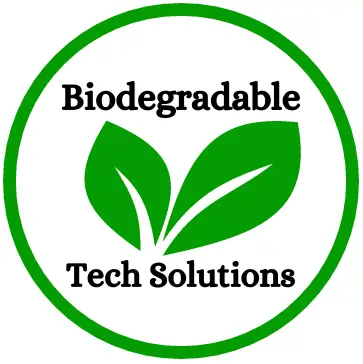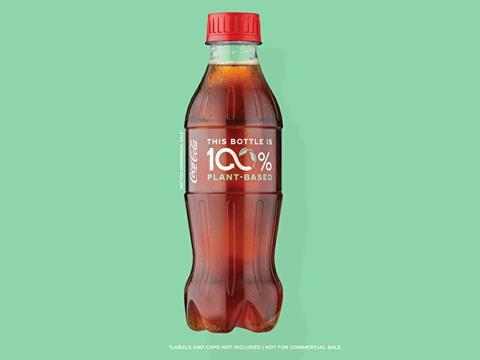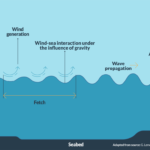Plant-based plastic is derived from biological sources like corn, sugarcane, and cassava. Unlike conventional plastics, it reduces reliance on fossil fuels.
As global concerns about sustainability and environmental impact intensify, plant-based plastics have emerged as an innovative solution. Made from renewable resources, these bioplastics are gaining popularity across various industries, from packaging to automotive parts. These alternative materials offer a lower carbon footprint and are often touted as a step toward a greener future.
While they are not a perfect solution, as they still have environmental challenges in terms of biodegradability and production processes, plant-based plastics reflect a crucial shift in materials science. Companies and consumers are increasingly embracing these eco-friendly options as they seek to decrease waste and reduce the ecological impact of plastic products. This positive trend showcases a proactive approach to addressing the plastic pollution crisis.
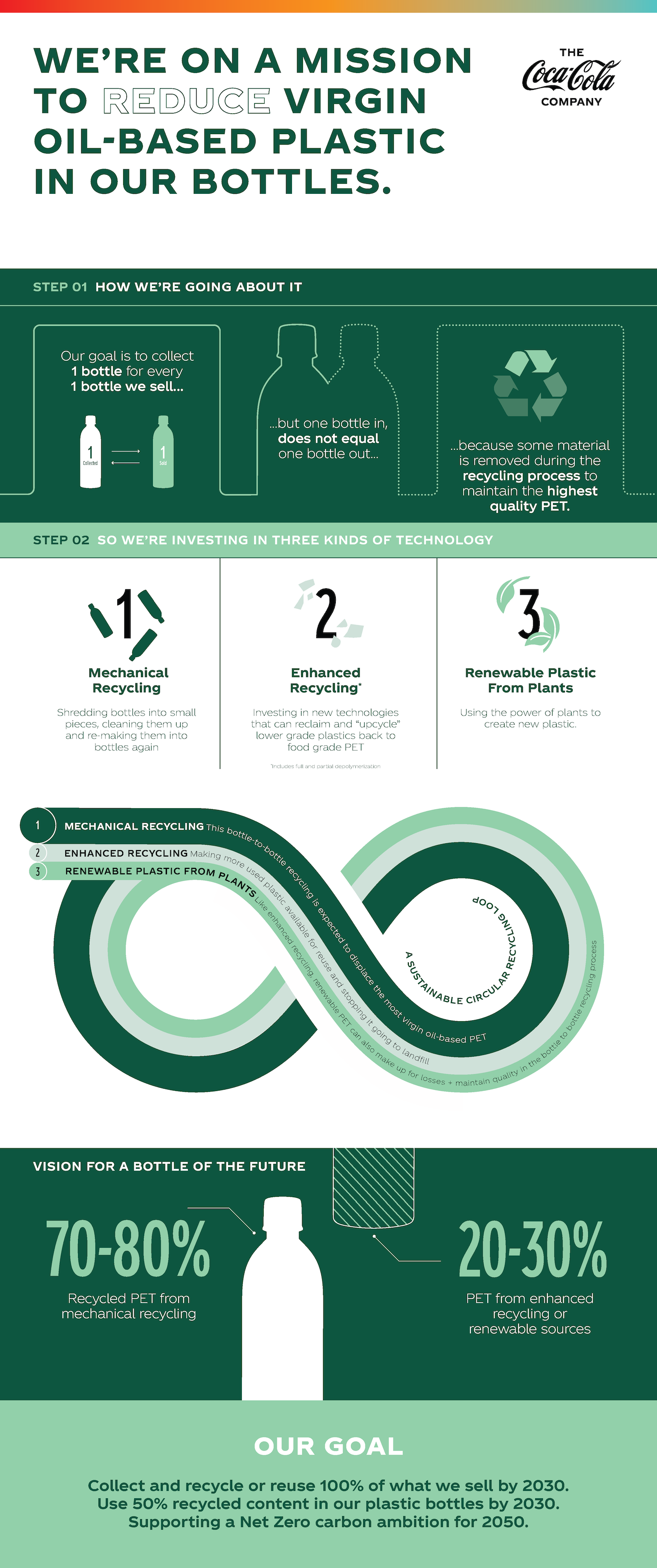
Credit: www.coca-colacompany.com
Introduction To Plant-based Plastics
Plant-based plastics are emerging as a revolutionary material in the realm of sustainable development. They mark a significant shift from traditional plastics derived from fossil fuels. This introduction paves the way to understanding what plant-based plastics are, their history, and their potential benefits.
Defining Plant-based Plastics
Plant-based plastics, also known as bioplastics, are made from renewable biological sources. Instead of petroleum, they use materials like cornstarch, sugarcane, and algae. Their unique composition allows them to break down more easily in the environment compared to conventional plastics.
The Evolution Of Plastics: From Fossil Fuels To Plants
The journey of plastics began with the dependency on fossil fuels. Over time, the need for sustainable alternatives became crucial. Researchers turned to nature, finding that plants offer the building blocks for creating plastics. This shift represents a crucial step towards a more sustainable future.
Potential Benefits Of Plant-based Plastics Over Conventional
- Reduced carbon footprint: As they come from plants, these plastics often have a lower greenhouse gas emission during production.
- Non-toxicity: Free from many chemicals found in petrol-based plastics, they are often safer for consumers and the environment.
- Compostability: Many plant-based plastics can break down in commercial composting facilities, reducing landfill waste.
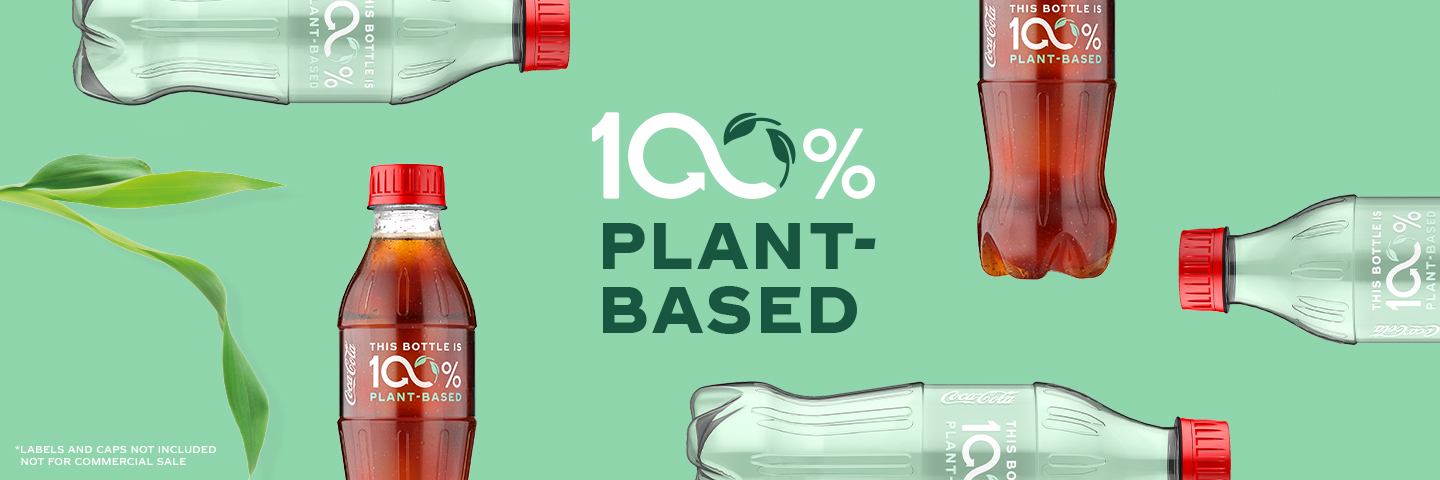
Credit: www.coca-colacompany.com
Understanding The Science Behind Plant-based Plastics
Plant-based plastics are revolutionizing the materials industry. They offer an eco-friendly alternative to traditional petroleum-based plastics. By turning to plants, we leverage renewable resources to create materials that can reduce our environmental footprint. Explore how scientists use the magic of nature to develop these sustainable polymers.
The Raw Materials: Sources Of Biopolymers
Biopolymers are the building blocks of plant-based plastics. These are large molecules made from smaller units called monomers. And the monomers come from plants. Common sources include:
- Corn: Often used to produce polylactic acid (PLA)
- Sugarcane: Transformed into bio-polyethylene (bio-PE)
- Potatoes: Provide starch for biodegradable plastics
Biodegradability And Compostability Factors
Unlike conventional plastics, plant-based ones can break down after use. The factors affecting biodegradability and compostability include:
| Factor | Impact on Biodegradability |
|---|---|
| Material structure | Simple structures break down quicker |
| Environmental conditions | Temperature, organisms, and humidity play a role |
Compostable plastics turn into water, carbon dioxide, and biomass under the right conditions. This leaves no toxic residue.
The Manufacturing Process Of Plant-based Plastics
The journey from plant to plastic involves several steps:
- Harvesting raw materials like corn or sugarcane
- Extracting the relevant components, such as starch or sugar
- Converting these into monomers via a process called polymerization
- Shaping the resulting biopolymer into the final plastic product
These steps ensure that plant-based plastics are crafted with care and precision, making them suitable for various applications.
Comparative Analysis Of Plant-based And Petroleum-based Plastics
Plastics have molded our modern world, but not all plastics are the same. The battle between plant-based plastics and their petroleum-based cousins is one of innovation and sustainability. How do these two contenders fare when pitted against each other? Let’s delve into the comparative analysis.
Environmental Impact Assessment
Comparison is critical when assessing environmental footprints. Plant-based plastics, often praised for their renewable origins, slug it out against the historically dominant petroleum-based plastics.
- Biodegradability: Plant plastics can break down faster.
- Carbon Footprint: Plants absorb CO2, potentially lowering emissions.
- Petroleum Dependence: Reducing oil reliance, plant-based options can ease pollution.
The verdict often tips towards plant-based materials being kinder to Mother Earth.
Lifecycle Analysis: Cradle-to-grave Vs. Cradle-to-cradle
Every product has a story, from birth to rebirth or disposal. Does the lifecycle of plant-based plastic differ from that of petroleum-based plastic?
| Cradle-to-Grave | Cradle-to-Cradle | |
|---|---|---|
| Plant-Based | Potentially short-lived, turns to compost. | Circles back as new materials. |
| Petroleum-Based | Lingers in landfills, environmental threat. | Recycling is challenging, but evolving. |
Performance And Durability: Trade-offs And Advances
Strength and longevity matter in plastics. How do plant-based variants stack up?
- Heat Resistance: Traditional plastics handle heat well; plant plastics are catching up.
- Material Strength: Petroleum plastics are robust, yet plant-based technologies improve rapidly.
- Flexibility: For packaging, flexible options are key, and plant plastics are rising to the occasion.
Market Trends And Consumer Perception
Exploring the realm of eco-friendly materials, plant-based plastics are drawing attention. They blend nature and science. Here’s how the market reacts and grows.
Current Market Landscape For Plant-based Plastics
The market for plant-based plastics is budding. Let’s explore its growth:
- Bioplastics production is climbing, aiming to reduce carbon footprints.
- More companies are investing in bio-based materials.
- Various industries like packaging, automotive, and textiles are embracing plant-based plastics.
This shift shows a positive wave towards sustainability and innovation in materials.
Consumer Acceptance And Demand
Consumers play a vital role in the success of plant-based plastics. Here’s what they think:
- Many shoppers are choosing eco-friendly products more often.
- Labels like ‘biodegradable’ and ‘plant-based’ are influencing buying decisions.
- People are ready to pay a premium for sustainable alternatives.
This mindset is steering the demand and acceptance of plant-based plastics higher.
Challenges In Market Penetration And Scalability
Even with growing interest, some challenges remain:
| Challenge | Details |
|---|---|
| Production Costs | Higher than conventional plastics, affecting prices. |
| Scalability | Scaling production to meet demand is tough. |
| Consumer Education | Some people are unaware of plant-based plastic benefits. |
To win, the industry must overcome these hurdles. Cheaper methods and more knowledge can help.
The Future Outlook And Innovations In Plant-based Plastics
The Future Outlook and Innovations in Plant-Based Plastics shine bright as scientists and industries push for sustainable alternatives to conventional plastics. Plant-based plastics, derived from renewable resources, signal a greener path ahead. Innovations in this dynamic field are steadily transforming how we view and use materials in our daily lives. Let’s explore what the future may hold.
Emerging Technologies And Breakthroughs In Bioplastics
New bioplastic technologies are on the rise. They change traditional plastic production. Below are key innovations:
- Algae-based bioplastics: These offer a fast-growing, sustainable source for production.
- PHA (Polyhydroxyalkanoates): Made by microorganisms, PHA is biodegradable in marine environments.
- Nanocellulose bioplastics: Combine low weight with high strength, promising for various applications.
Government Policies And Incentives Shaping The Industry
Governments play a crucial role in plant-based plastic growth. They offer incentives and set policies to support eco-friendly practices. Examples include:
| Region | Policies/Incentives |
|---|---|
| European Union | Bans on single-use plastics; funding for green startups |
| United States | Tax credits for sustainable materials; grants for research |
| Asia-Pacific | Investments in bioplastic facilities; plastic bag reduction targets |
The Road Ahead: Predictions And Potentials For Sustainability
What’s next for plant-based plastics? Here are a few predictions:
- Increased use in packaging, textiles, and automotive industries.
- Technology advances leading to more durable, versatile bioplastics.
- Larger adoption due to consumer demand for sustainable products.
Plant-based plastics hold great potential. They offer a sustainable way forward. Our world shifts towards greener solutions. The future is poised for change, and every step matters.
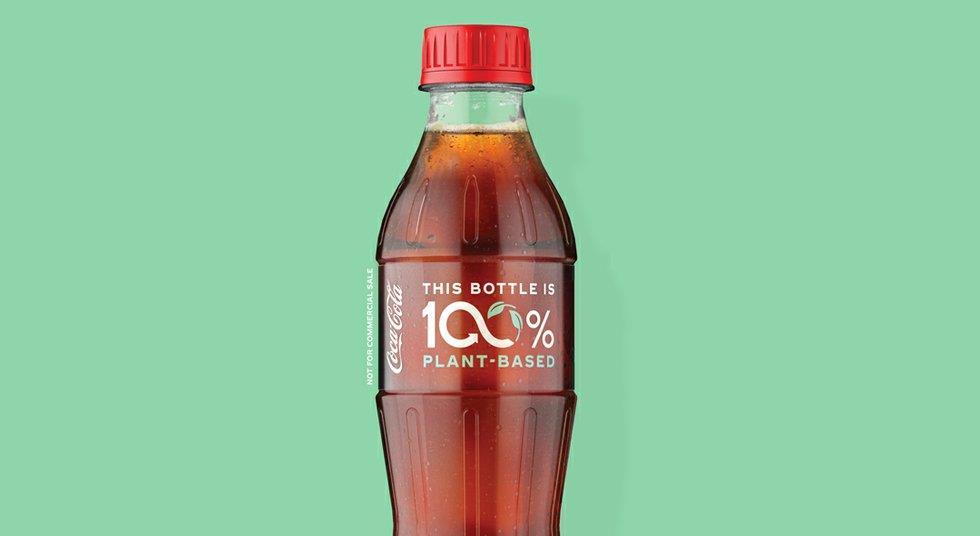
Credit: packagingeurope.com
Frequently Asked Questions On What Is Plant Based Plastic
What Is Plant-based Plastic Made Of?
Plant-based plastics are made from biological substances like corn starch, sugarcane, or cellulose derived from plants, replacing petroleum as the primary material.
Is Plant-based Plastic Safe?
Plant-based plastics are generally considered safe for use and are often biodegradable, but their safety depends on the specific chemicals and manufacturing processes involved. Always check for certifications and safety standards compliance.
How Long Does Plant-based Plastic Last?
Plant-based plastics can degrade within 3-6 months under industrial composting conditions. Lifespan may vary in other environments.
Is Plant-based Plastic Expensive?
Plant-based plastics often cost more than traditional plastics due to higher production and material expenses.
Conclusion
Understanding plant-based plastics is crucial for a sustainable future. They offer an eco-friendly alternative to traditional materials. By choosing these bioplastics, we support environmental health and reduce our carbon footprint. Let’s embrace these innovative solutions for a greener tomorrow. Embrace the future – choose plant-based.
